Five hidden joys of Scotland
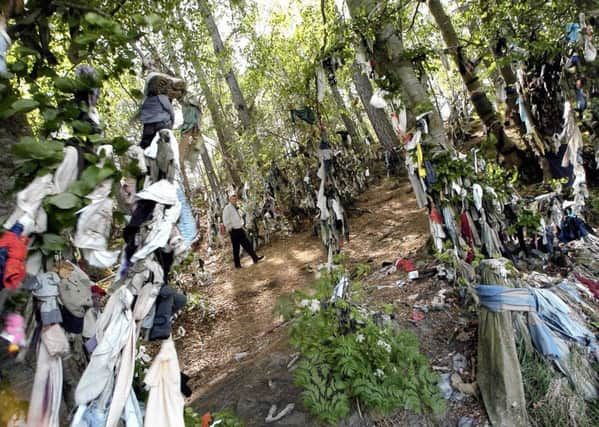

Earthquake House, Comrie, Perthshire
Earthquake House is one of Europe’s smallest listed buildings.
It was once recorded tremors common to the area in the 19th century - earning Comrie the nickname ‘The Shaky Toun’.
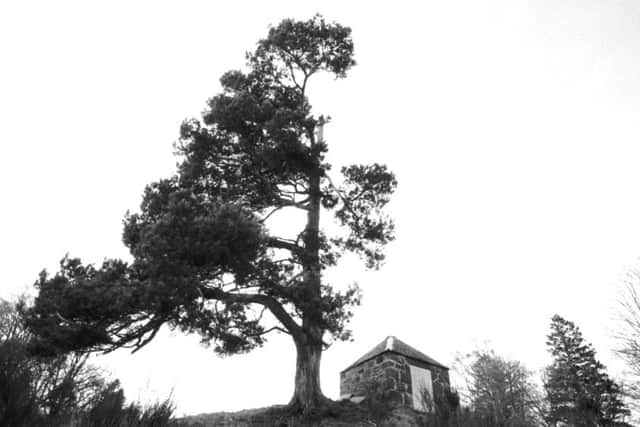

Advertisement
Hide AdBuilt in 1869, it was the first purpose-built earthquake observation centre in the world.
Unfortunately it was built a few decades too late - in 1839, 7,300 earthquakes were recorded, but by the time engineers at the house were able to read tremors more accurately, they became much less frequent.
The building was refurbished in 1988 after falling into neglect, and remains active - a modern seismograph, and a model of an early wooden seismoscope invented by Robert Mallett are installed at the house.
Ebenezer Place, Wick
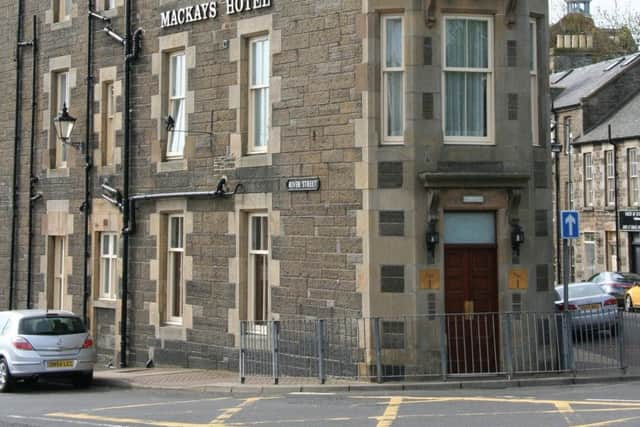

Boasting the title of the world’s shortest street, Ebenezer Place in Wick is just 2.06 metres long - nearly three metres smaller than rival Elgin Street in Lancashire, England which is 5.2 metres in length.
The street is home to just one doorway - belonging to No 1 Bistro, part of MacKay’s Hotel.
Constructed by Alexander Sinclair in 1883, Ebenezer Place was formally recognised as a record-breaker by the Guinness Book of Records in 2006.
Clootie Well, Munlochy , Black Isle
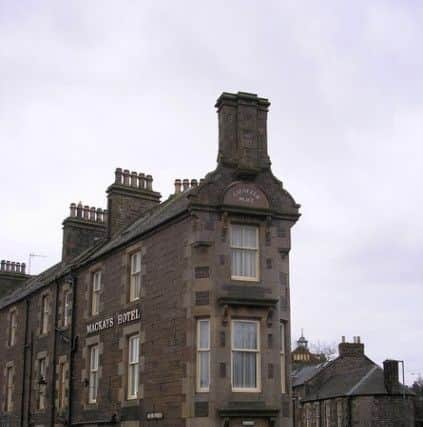

Advertisement
Hide AdA wishing well where the currency is cloth instead of coin, a clootie well harks back to ancient Celtic tradition.
Historically, visitors brought rags to clootie wells and tied them to nearby trees in the belief that the offering would cure sickness. As the cloth left at the well began to rot, the person for whom the offering was made would get better.
Advertisement
Hide AdTraditionally, old rags and bits of cloth were brought to the well, but socks, t-shirts, dresses and even pants have been found twisted on the branches of the trees, hanging off the bark like clothes on a washing line.
Though numerous in previous centuries, there are only two clootie wells in Scotland. One lies one mile away from Munlochy in Inverness-shire, and another can be found in Avoch on the Black Isle.
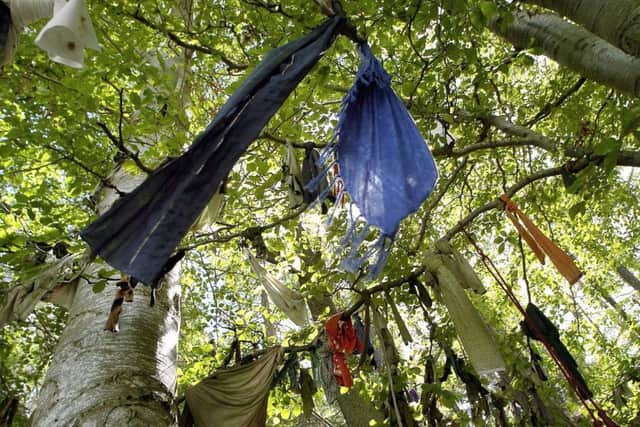

Clootie wells are not a uniquely Scottish phenomenon. Referred to as cloughtie wells in England, and raggedy bushes in Ireland, they are also found in Cornwall and Loughcrew, Oldcastle, County Meath.
Messages are sometimes written onto the rags, wishing health and happiness for whoever the rags were left for.
Pilgrimages to clootie wells are more frequent around the time traditional Gaelic festivals - May’s Beltane among them.
Cultybraggan Camp in Comrie, Perthshire,
Cultybraggen once housed a number of Germany’s most senior and fanatical Nazis.
Advertisement
Hide AdBuilt in 1939, the so-called “Black Camp of the North” held up to 4000 German prisoners at a time, many of them the toughest Afrika Korps and SS troops.
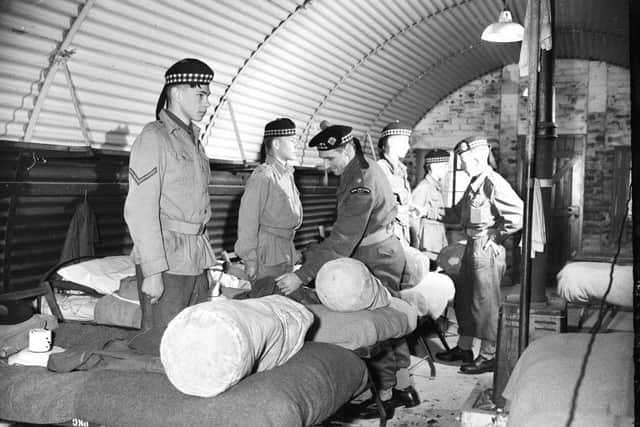

The ringleaders of the infamous 1944 Devizes Plot to free 250,000 PoWs from camps throughout the country – and then mount an attack on the UK from within – were consigned to Camp 21, as Cultybraggan was known during the war years.
Advertisement
Hide AdIt has been reported that Hitler’s deputy, Rudolph Hess, was held there for a night en route to England after crash-landing in Scotland, though some commentators insist the Hess story is a myth.
In the most notorious incident in the camp’s history, five Nazi prisoners held there murdered a fellow prisoner, Sergeant Wolfgang Rostberg, whose zeal for the Nazi cause had, they believed, waned in captivity.
The five were tried, found guilty, and eventually hanged at Pentonville Prison.
The complex was retained as a training camp after the war and regulars, territorials and Army cadets were frequent visitors for the next 60 years until the MoD closed it down in 2004.
Electric Brae, Ayrshire
Scotland is full of hidden joys, but one in seems to have supernatural qualities.
At Ayrshire’s Electric Brae, the laws of gravity appear reversed, and cars roll uphill.
Advertisement
Hide AdElectric Brae, known locally as the Croy Brae, sits nine miles south of Ayr on the west coast. When motorists reach the Brae, they are warned to slow down, and with good reason. Motorists regularly pull up at the spot, turn off their engines, disengage their handbrakes, and marvel as their cars apparently roll up the hill.
So what’s going on? Magnetic fields? Minerals in the rich coastal soil? Faeries? Unfortunately, no. Electric Brae’s powers are quite literally in the eye of the beholder.
Advertisement
Hide AdThe road is on a hill, with a 1 in 86 gradient, but the surrounding landscape tricks the eye into believing that you are descending when you’re actually climbing the hill, or ascending it when you’re travelling downward.
The road has baffled travellers from far and wide for years, including former American president Dwight D Eisenhower who visited the Brae when stationed at Prestwick during the Second World War.
It is one of dozens of known ‘gravity hills’ worldwide, each with a fantastical name designed to draw attention to the phenomenon. The Electric Brae is no different from these other illusions, but that doesn’t make the experience of rolling uphill with a confused passenger any less fun.
Scotland is full of hidden joys just waiting to be discovered.